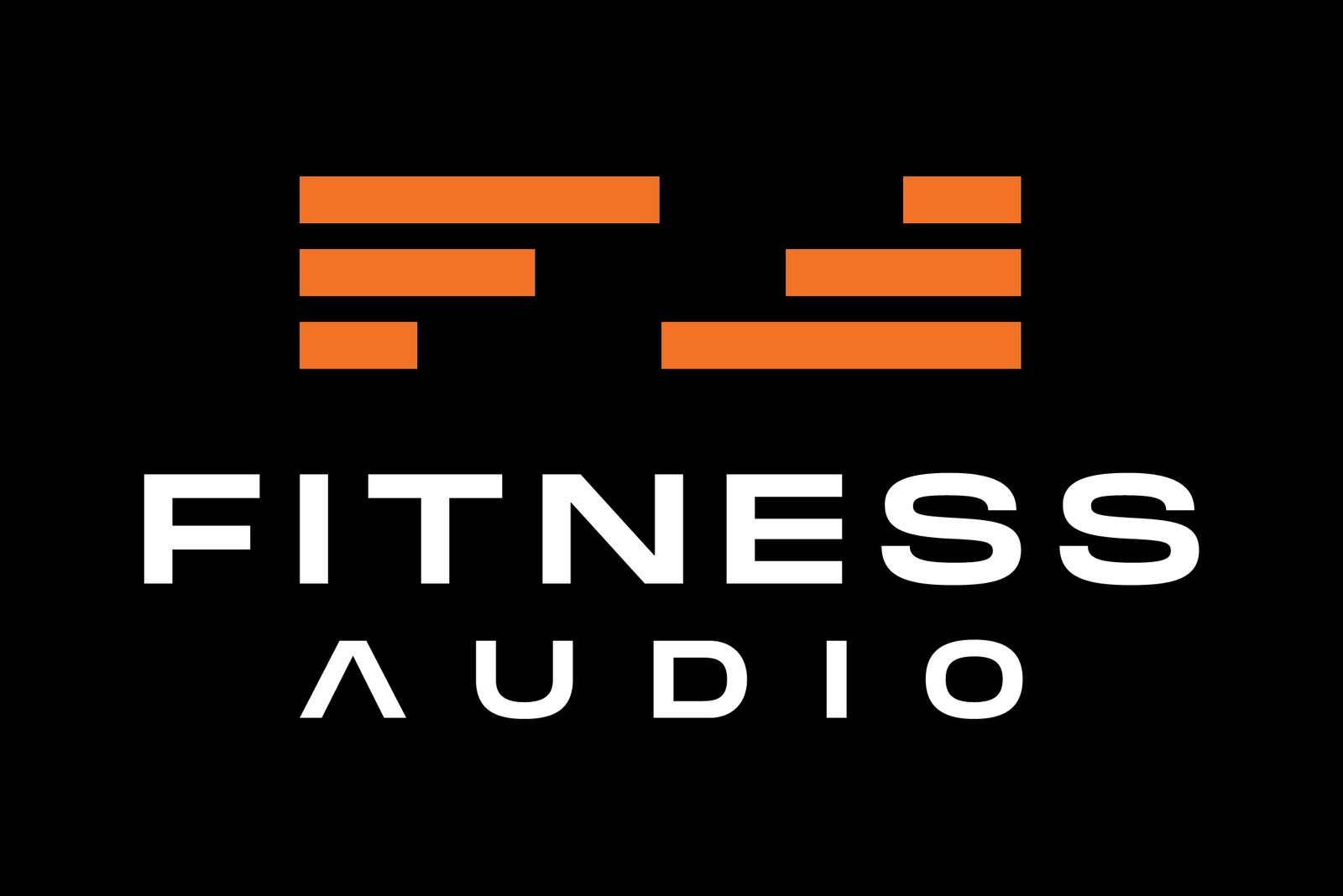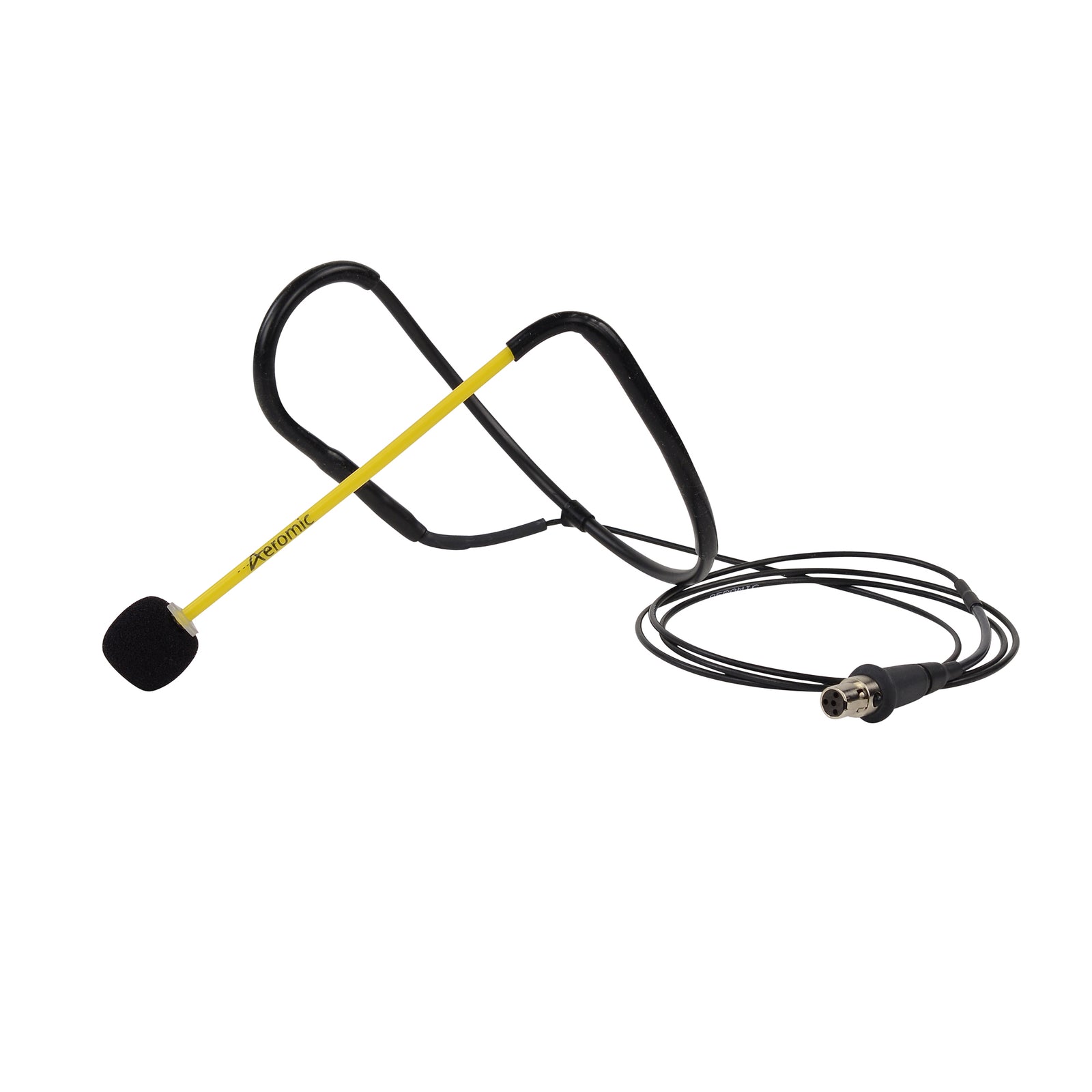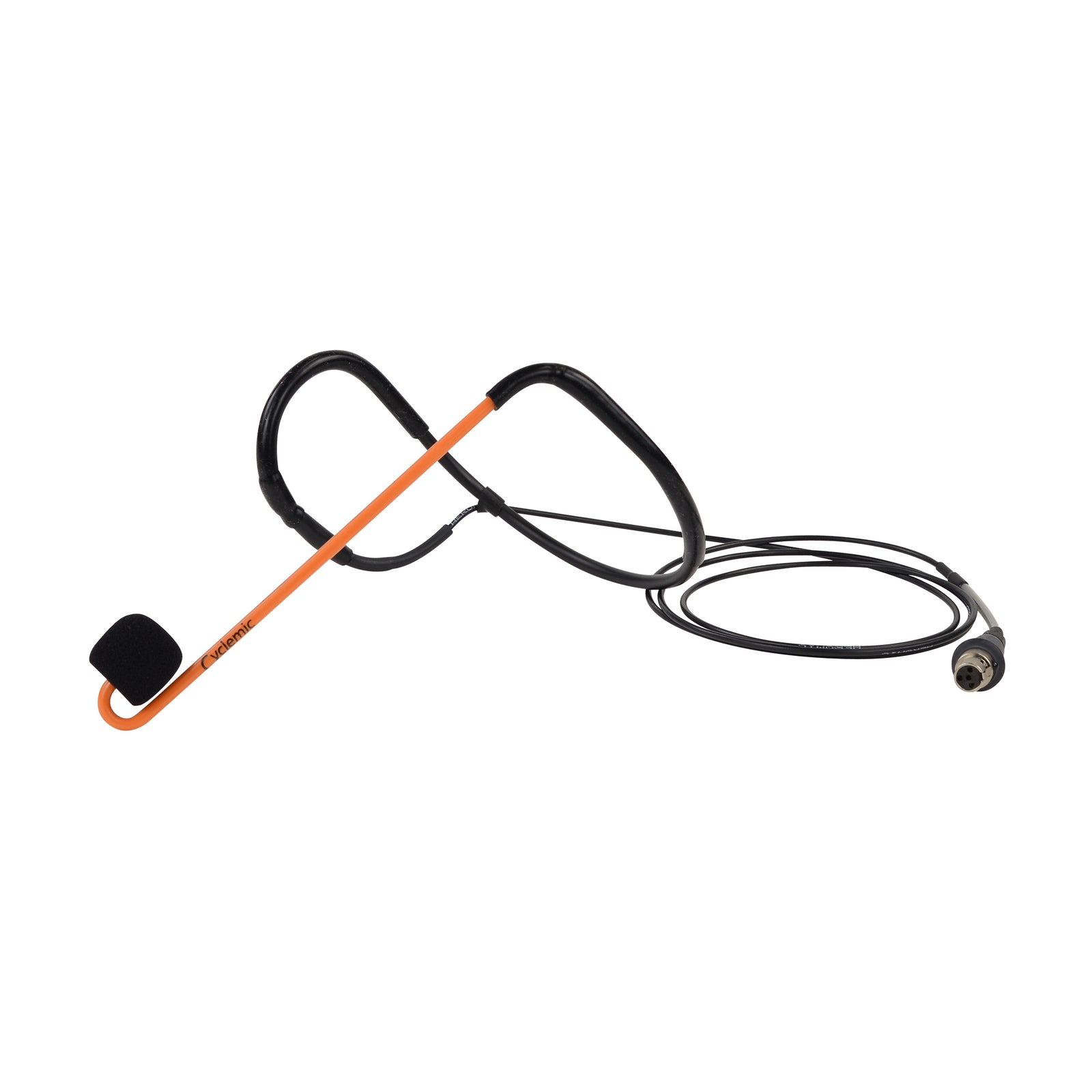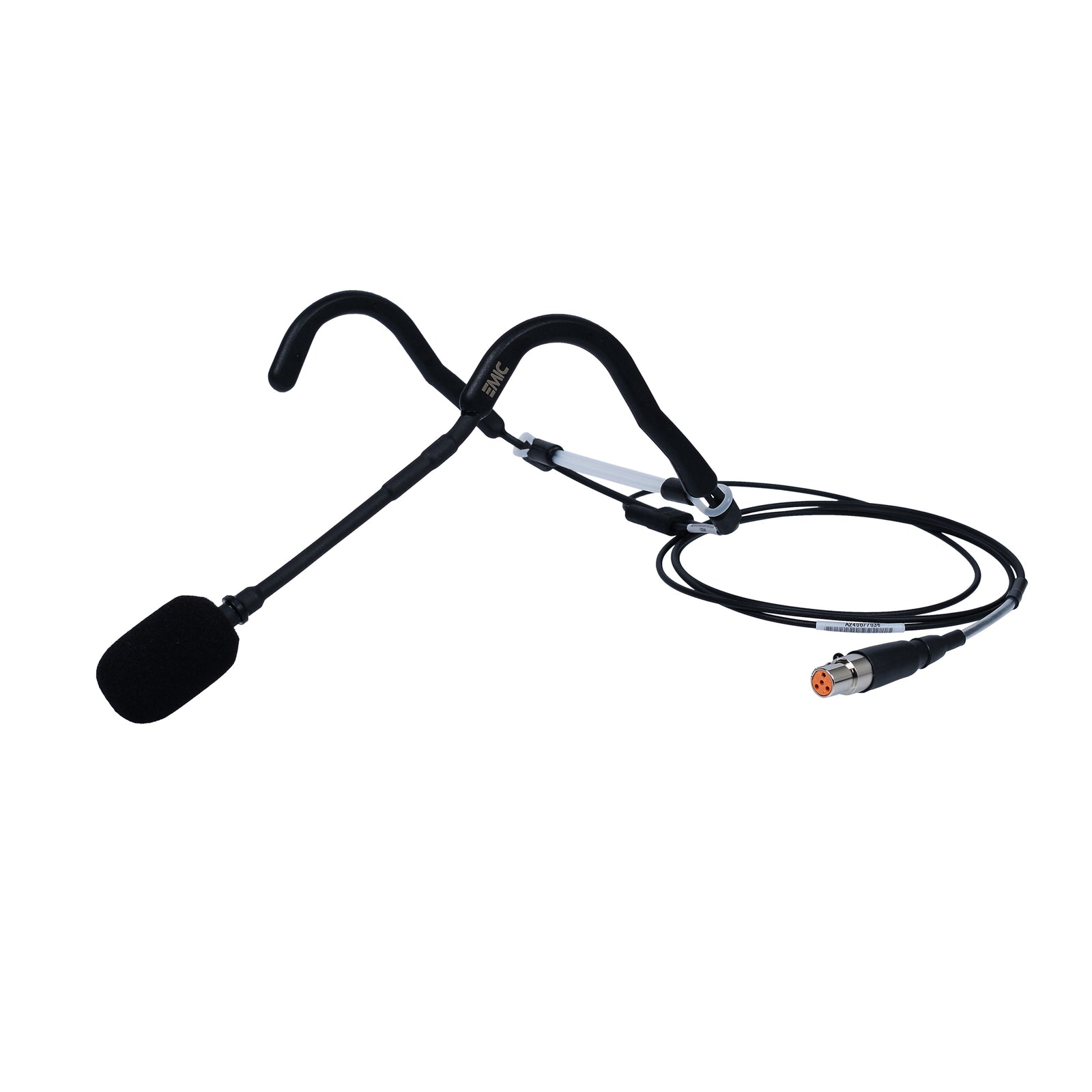
Open-plan gyms offer an airy, modern layout that looks great in photos—but behind the scenes, acoustics can be a real challenge. Echoes bounce off concrete floors, background music clashes with instructor voice commands, and members find themselves straining to hear (or wishing they couldn’t).
The good news? These challenges are fixable—with the right combination of smart design, the right equipment, and professional setup.
Why Open Spaces Equal Big Sound Challenges
Most gyms are built with hard, reflective materials: concrete, mirrors, glass, rubber flooring. These surfaces are durable and easy to clean—but they’re terrible for sound control. When audio waves hit them, they bounce around instead of being absorbed, creating echoes and muddied acoustics.
Some of the most common issues we see in open-plan gyms include:
- Reverberation that makes music and speech sound blurred
- Hot spots where the music is too loud
- Dead zones where it’s barely audible
- Instructor fatigue from shouting over poor acoustics
- Noise bleed into chillout or stretching zones
This impacts more than just ambience—it affects safety, instruction quality, and even member retention.
Sound Should Serve the Space
At Fitness Audio, we believe sound should work with your layout, not against it. That’s why we take a zone-based approach to gym audio design, making sure every corner of your facility has the right balance of sound for its purpose.
For example:
- In free weights zones, you want high-energy music—but not so loud that it interferes with communication or causes hearing fatigue. Directional speakers and volume zoning can help here.
- In group training areas, you need the instructor’s voice to cut through clearly, even at peak music volume. That’s where high-quality headset mics and separate vocal channels come in.
- In recovery and stretch zones, soft background music and acoustic insulation matter more than bass.
Every gym is unique, and audio needs to be tailored—not copied and pasted from a retail setup.
Fixing the Echo: What Actually Works
Here are the top ways we help gyms go from noisy and chaotic to clear and consistent:
Acoustic Treatment
- Installing panels on walls or ceilings to absorb sound and reduce reverberation.
- Strategically placed soft materials like acoustic foam, fabric baffles, or even gym branding with dual acoustic function.
Zoned Audio Systems
- Splitting your space into multiple zones with individual volume control.
- Allows cardio, free weights, group fitness, and reception to each have their own vibe.
Directional and Ceiling-Mounted Speakers
- Aimed precisely to reduce echo and ensure even coverage without cranking up the volume.
- Prevents sound bouncing around unnecessarily.
Instructor-Specific Audio Solutions
- Group fitness mics with anti-feedback technology.
- Mixing systems that allow vocal clarity over loud music.
Designing for Function, Not Just Looks
Too often, gym AV is treated as an afterthought—installed after the build, when acoustic issues are already locked in. But with the right partner, you can retrofit your space to sound better without starting from scratch.
Our goal at Fitness Audio is to design for clarity, energy, and control—three ingredients that turn chaotic noise into a motivating, safe, and enjoyable experience.
Final Thoughts
Open-plan gyms shouldn’t come with open-ended sound problems. By understanding the acoustic quirks of your space and applying a zone-specific, professionally tuned approach, you can transform your gym from echo-chamber to excellence. For more information on how Fitness Audio can assist with your space, contact a member of our team today!







